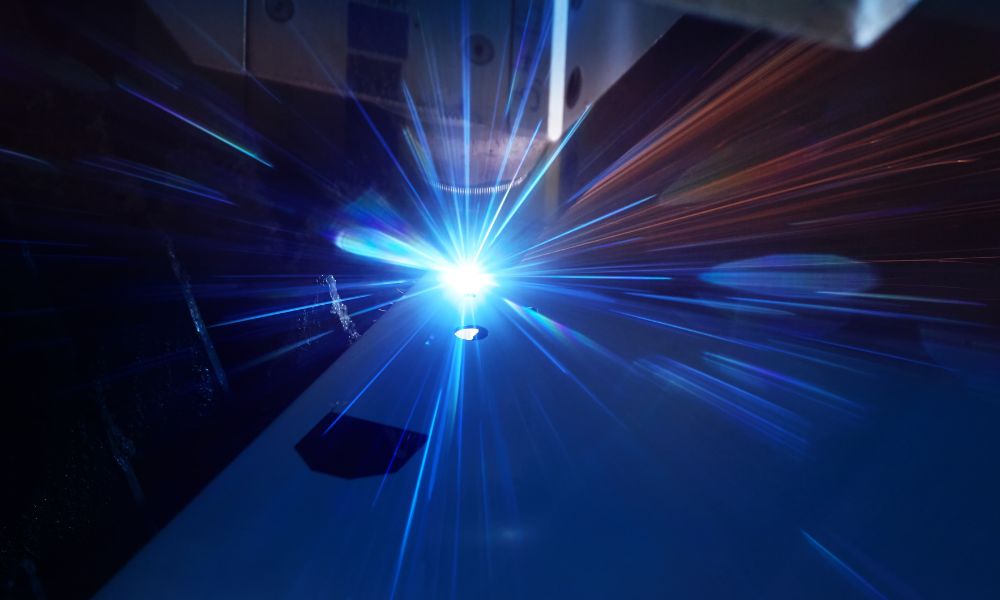The Different Types of Plasma Surface Treatment

Plasma surface treatment is a versatile and innovative technology used in various industries to improve adhesion, clean surfaces, and activate materials for subsequent processes. Below, we’ll explore the different types of plasma surface treatments, their applications, and the equipment used to carry out these treatments.
Atmospheric Plasma Treatment
Atmospheric plasma treatment utilizes air or other gases at ambient pressure to create plasma. A high-frequency electrical discharge is applied to a gas, ionizing it and creating reactive species that interacts with nearby surfaces. Atmospheric plasma treatment is cost-effective and scalable, making it suitable for various industrial and manufacturing applications.
Some common use cases for atmospheric plasma treatment include:
- Removal of contaminants from surfaces
- Activation and adhesion-promotion of plastics, metals, and other materials
- Surface preparation for bonding, printing, or painting
The benefits of atmospheric plasma treatment include:
- No vacuum requirement, allowing for a faster and more energy-efficient process
- Ability to treat large or irregularly shaped surfaces
- Environmentally friendly, with minimal waste generation
Vacuum Plasma Treatment
Vacuum plasma treatment, on the other hand, takes place inside a specialized vacuum chamber. Lower pressure is used to facilitate a more controlled plasma environment. Vacuum plasma treatment can generate higher-power plasma, allowing for more precise surface treatment.
Some applications of vacuum plasma treatment include:
- Semiconductor wafer processing and chip manufacturing
- Plasma etching for the microelectronics industry
- Surface modification of polymers and metals to improve bonding, coating, or printing
The advantages of vacuum plasma treatment include:
- High process control
- Precise and uniform treatment of surfaces
- Lower gas consumption and contamination risk compared to atmospheric systems
Cleaning and Activation
One of the main applications of plasma surface treatment is to clean and activate surfaces in preparation for subsequent processing steps, such as bonding, printing, or painting. These treatments remove contaminants and debris from surfaces and increase surface energy, allowing for improved adhesion.
Plasma cleaning can remove organic and inorganic materials, such as oils, grease, and oxides. Plasma activation alters the chemical composition of a surface, generating various functional groups that can improve surface wettability and adhesion for coatings, adhesives, or inks. This can lead to stronger bonds, higher-quality prints, and longer-lasting coatings.
Plasma Treatment Systems
Various plasma treatment systems can accommodate different needs and requirements in the industry, such as batch processing versus continuous processing and the choice between atmospheric and vacuum systems. Accurate and precise treatment is possible with advanced systems that monitor and control essential parameters such as gas flow, pressure, and temperature.
To choose the right plasma treatment system, consider:
- The type of materials to be treated
- Surface area to be processed
- The desired level of process control
Additionally, working with an experienced and reputable manufacturer ensures the equipment is tailored to your needs and requirements.
Get a Plasma Treatment System at Tri-Star Technologies
We hope our guide has helped enlighten you about the different types of plasma surface treatment and their essential role in improving the adhesion, cleaning, and activation of various materials. Tri-Star Technologies is a leading provider of advanced plasma treatment machines, offering cutting-edge solutions for industries looking to reap the benefits of plasma treatment. If you need a plasma treatment system, learn more about Tri-Star machines online or contact our staff today.


